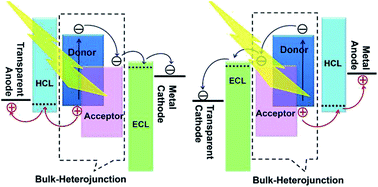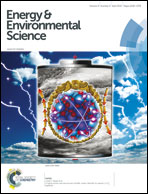Solution-processable metal oxides/chelates as electrode buffer layers for efficient and stable polymer solar cells
Abstract
The interfaces between the electrodes and the photoactive layer significantly influence the efficiency and stability of polymer solar cells (PSCs). By choosing suitable interfacial materials, the energetic barrier height at the interface could be reduced to form an ohmic contact with less series resistance, inducing high charge collection efficiency of the corresponding electrodes for holes or electrons. Solution-processable metal compounds, especially metal oxides and transition metal chelates, have the advantages of high charge carrier mobility, suitable work function, low cost, and high environmental stability, which make them attractive for applications as cathode and anode interfacial materials for efficient and stable PSCs. In this paper, we reviewed the recent progress on solution processable metal oxides and metal chelates as buffer layers in conventional and inverted PSCs. In the introduction section, we introduced the operating principles of conventional and inverted PSCs, followed by introducing the energy levels, optical properties, processing methods and characterization techniques of the buffer layers. In the second and third parts, we reviewed recent progress in materials for both anode and cathode buffer layers. Finally, we drew a conclusion and gave a perspective. We believe that solution-processable metal oxides and metal chelates will play a key role as buffer layers in the future fabrication of large area and flexible PSCs with high performance and long term stability.


 Please wait while we load your content...
Please wait while we load your content...